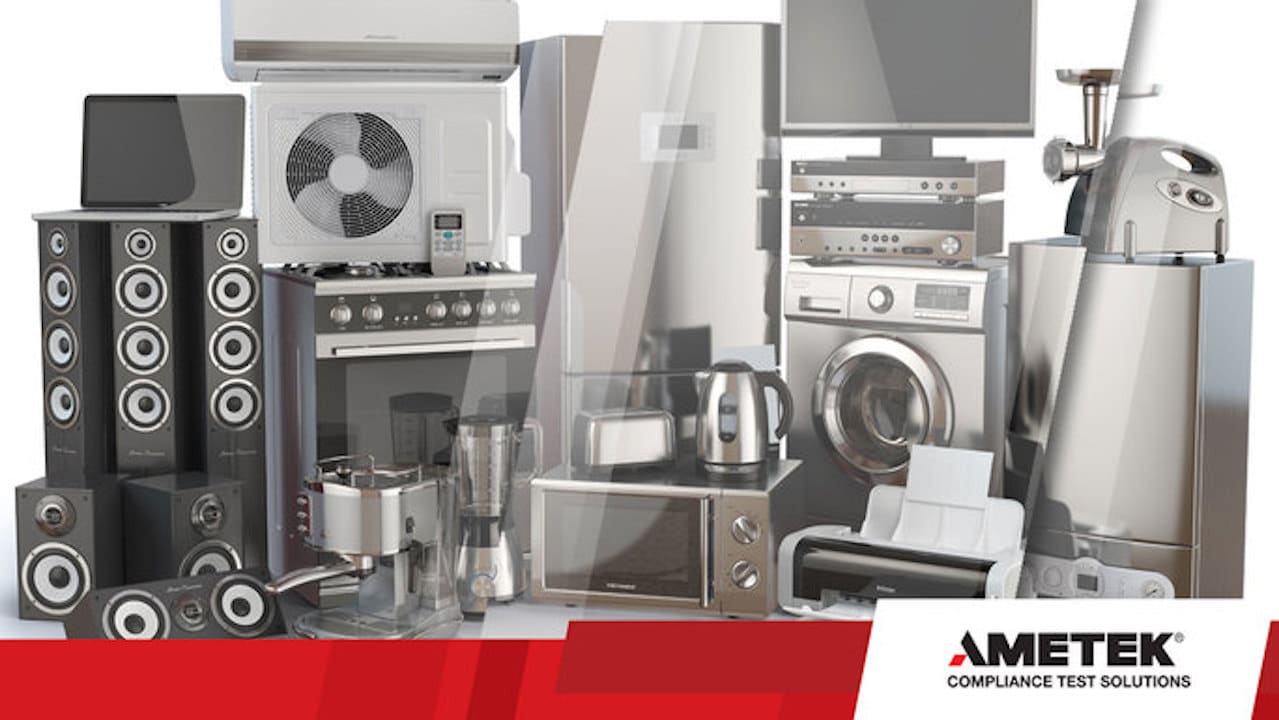Does your product use AC mains <16A? IEC 61000-4-31 relates to the conducted immunity of electrical and electronic equipment to electromagnetic disturbances coming from intended and/or unintended broadband signal sources in the frequency range 150 kHz up to 80 MHz. In this blog post, Kenneth Wyatt, Senior Technical Editor at Interference Technology, spends some time with Dr. Ralf Heinrich, Head of RF Development at AMETEK CTS, talking about the new IEC 61000-4-31 – how it differs from conventional testing, why it came about and what it’s like working on a new standard.
Kenneth Wyatt (KW): What is the purpose of this test in IEC 61000-4-31? To what is it simulating immunity? Was there a problem in the field that lead to this?
Dr. Ralf Heinrich (RH): There was actually a problem in the field discovered some years ago, where conducted RF disturbance phenomena were observed that could not be reproduced by existing and well known testing according to IEC 61000-4-6. More detailed investigations revealed the differential mode nature of the disturbance. This became the starting point for a new work item proposal to develop a new standard IEC 61000-4-31: Testing and measurement techniques –AC mains ports broadband conducted disturbance immunity test. The IEC 61000-4-31 can be considered as an addition to the common mode testing as per IEC 61000-4-6 and partially also as an addition to the differential mode testing as per IEC 61000-4-19, which is in a lower frequency range.
KW: What does the test setup look like? Anything unusual about the coupling?
RH: The set-up is very similar to IEC 61000-4-6, i.e. signal generator, amplifier and coupling network. The test level is set using a similar level setting procedure. Depending on the decisions of the product committee pulse modulation may be applied to simulate the keying behavior of a disturbance signal.
KW: How is this different to other similar types of testing?
RH: We have the same frequency range 150kHz – 80MHz as in IEC 61000-4-6, however, IEC 61000-4-6 uses common mode coupling whereas in IEC 61000-4-31 primarily differential mode coupling applies. Another key difference is the broadband signal which makes the test very fast, like multi tone with an infinite number of tones. IEC 61000-4-19 has differential mode coupling as well but at lower frequency and not a broadband signal.
KW: Should this test be performed in a semi-anechoic chamber or can it be performed in the regular test lab area?
RH: This is a conducted RF immunity test. The same lab conditions as for e.g. IEC 61000-4-6 apply, i.e. the electromagnetic environmental conditions shall allow a correct operation of the EUT and in case the radiated energy from the test set-up exceeds local interference regulations, a shielded enclosure shall be used.
KW: What is the effective date for this standard?
RH: The standard was published in 2016-07-28.
KW: This is a basic standard, right? Are there considerations for this to be made into a product standard?
RH: This is normally a process that takes some years until a new basic standard finds its way into the product standards.
KW: So, who should be considering doing this testing today?
RH: It is in the interest of various manufacturers (e.g. household appliances among others) to ensure a worry-free operation of their devices in practice, which is not just fulfilling the current EMC requirements but also goes beyond this.
KW: What’s it like working on a brand new standard?
RH: This is a kind of adventure (if I may say so) which does not happen very often according to my experience of more than 15 years of standard committee work in different committees. Normally standard committee work is based on improvements of existing standards, where test equipment, test procedures, test levels etc. are well defined and based on this existing knowledge and experience some improvements are made. When starting a new standard all this is missing. The observed practical disturbance phenomenon needs to be translated into a practically feasible and reproducible test procedure in the EMC lab. Test equipment needs to be designed as well as a test procedure and levels in order to verify whether the intended approach for testing really matches the practical disturbance phenomenon. This is a challenge and also a lot of fun to do such work in an international team of experts from all over the world and I am very thankful to have the support of my company (especially my boss and my engineering team) as well as the nomination from my national committee to do this work.




